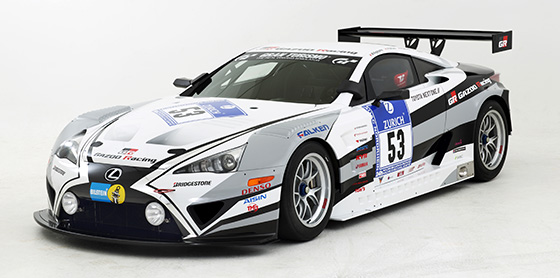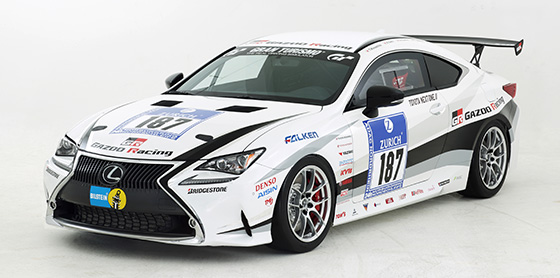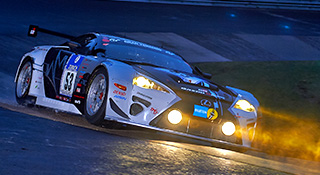Completing a stunning three-class victory
Paving the way to making ever-better cars
What is the 24 Hours of Nürburgring?
The inaugural 24 Hours of Nürburgring was held in 1970 and, this year marks the 43rd edition of the event. The circuit combines the Nürburgring’s Grand Prix Course, which is approximately 5.1 km in length and has hosted F1 Grand Prix in the past, and the North Loop, a 20.8 km course well-known as the ultimate proving ground for auto manufacturers: this gives a combined distance of approximately 25 km.
The race started out as a local German event, but recent years have seen an increase in professionalism: works and semi-works teams, as well as famous professional drivers participate in cars of increasing performance. However, since anybody is allowed to enter, and since there are no restrictions on engine displacement, chassis size or modifications, there exists a large performance disparity between the 170+ competing vehicles. Consequently, the importance of luck—avoiding mechanicals and accidents, for example—means the race retains chances for amateur.
We enter not to win, but to attain genuine maturing of MAN and CAR
In so far as it is a race, winning and losing are, of course, important; yet, GAZOO Racing’s focus is elsewhere. The Nürburgring is said to be the world’s most demanding circuit and, by taking part in the “ultimate” 24-hour race, our primary aim is to improve our cars, personnel and teams—we see it as a developing ground in our quest to make “ever-better cars.” Until recently, our new-vehicle development was hidden under a veil of great secrecy. Participating in a race in order to create ever-better cars marks a 180-degree turn in our way of thinking.
Akio Toyoda, who races under the pseudonym “Morizo,” noted: “If we want to prioritize the driving performance of our cars, we must test ourselves at the Nürburgring. In order to do this, it will be necessary not only to make changes to our cars, but our engineers will also need to adjust their way of thinking.”
Toyota’s entries to this year’s 24 Hours of Nürburgring are the Lexus LFA Code X—which has been updated on the back of experience and knowledge gained from participation in last year’s edition—and the Lexus RC, which will be making its debut in the race.
Race Schedule
| 1st Qualifying | May 14(Thu) 19:25 - 23:25 |
|---|---|
| 2nd Qualifying | May 15(Fri) 09:30 - 11:30 |
| TOP30 | May 15(Fri) 17:10 - 17:50 |
| Final | May 16(Sat) 16:00 - 17(Sun) 16:00 |
Vehicles & Drivers
Toyota is entering two cars in this year’s race—the Lexus LFA Code X and the Lexus RC. However, the vehicles will not be in the hands of specialists; rather, the mechanics will comprise regular Toyota employees. This is Toyota’s ninth team participation in the event.
LEXUS LFA Code X
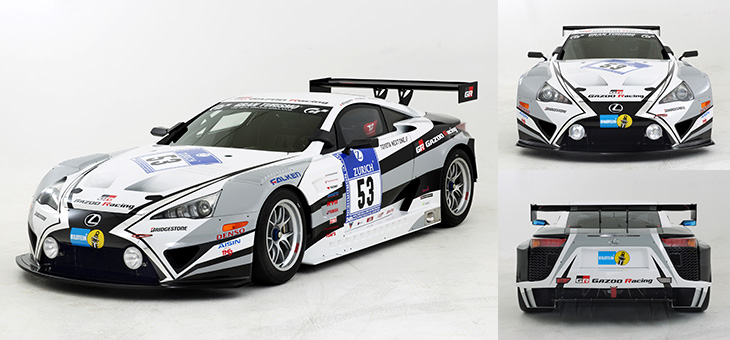
- Engine
- 1LR-GUE
- Total displacement
- 5.3-liter
- Tires
- 330/40R18
- Vehicle dimensions(length x width x height)
- 4,710mm×2,000mm×1,200mm
- Drive system
- 2WD(rear-wheel drive system)
- Transmission
- paddle-shift sequential
-
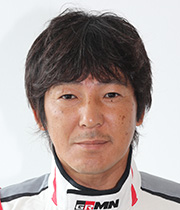
-
Masahiko Kageyama
Kageyama was a member of the first ever Japanese team to place third at the 24 Hours of Le Mans, in 1998. He was at the wheel of the Toyota 86 in its first ever race at the 2011 VLN9, while he also drove the car to its first victory in the fifth round of the 2013 Super Taikyu, in the ST4 class. Kageyama knows everything there is to know about the Toyota 86, and is its premier driver.
-
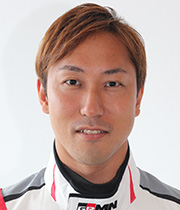
-
Hiroaki Ishiura
Ishiura participated in the GT500 class of Super GT with LEXUS TEAM ZENT CERUMO. He currently competes in the highest class of domestic motorsports including Super Formula.
-
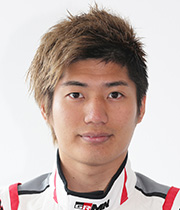
-
Kazuya Oshima
Oshima boasts a host of outstanding performances in both Super GT and Formula Nippon. He competed in the GT500 class of the 2013 Super GT Championship with LEXUS TEAM LeMans ENEOS, and claimed victory in round eight, held at Motegi. This year, he is again competing in the GT500 class of Super GT with the same team.
-
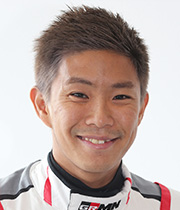
-
Takuto Iguchi
Iguchi raced in the GT300 class of the 2008 Super GT Championship. In 2012, he clinched overall victory at the Bangsaen 4-Hour Endurance Race. From 2012, Iguchi has competed in the ST4 class of Super Taikyu, claiming wins in the fifth round of the 2013 championship, held in Okayama, and the fifth round of the 2014 championship, held in Suzuka.
LEXUS RC
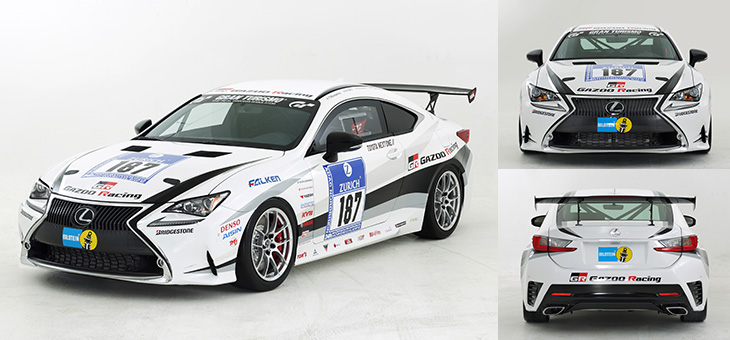
- Engine
- 8AR-FTS
- Total displacement
- 2.0-liter
- Tires
- 245/40R18
- Vehicle dimensions(length x width x height)
- 4,695mm×1,840mm×1,350mm
- Drive system
- 2WD(rear-wheel drive system)
- Transmission
- Eight-speed automatic transmission
-
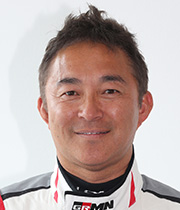
-
Takayuki Kinoshita
Kinoshita began racing in 1983. He has recorded numerous victories in the All Japan F3 Championship, the All Japan Touring Car Championship, and Super GT. He boasts more appearances at the 24 Hours of Nürburgring than any other Japanese driver.
-
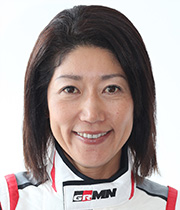
-
Kumi Sato
Kinoshita began racing in 1983. He has Sato first raced while at university, and has since competed in the All Japan GT Championship and Super Taikyu. She participates in a wide range of racing activities, including working as a spotter for the Toyota 86 entry in the 2013 TRD Rally Challenge.
-
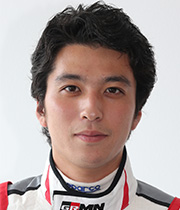
-
Naoya Gamou
Gamo raced in the All Japan F3 Championship, before moving to Super Taikyu in 2012. He recorded two victories in 2013: round five of Super Taikyu, and round four of GAZOO Racing 86/BRZ Race (both held in Okayama). In 2014, he again won Super Taikyu round five, this time held at Suzuka.
-
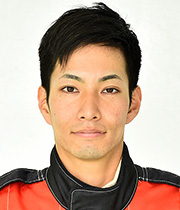
-
Takamitu Matsui
Kinoshita began racing in 1983. He has Sato first Matsui participated in FCJ and Formula Toyota in 2007. In 2009, he won the Series Championship of the ST-4 class of Super Taikyu. In 2014, he again competed in the ST-4 class of Super Taikyu with the GAZOO Racing SPIRIT team, clinching victory in round five, at Suzuka.
Mechanic
In order to race a vehicle, drivers, engineers and mechanics are all of great importance. Hiromu Naruse, the ace test driver who passed away in 2010 during development tests at the Nürburgring, once commented: “Racing is the ultimate stage on which to pass on technologies and train personnel. What is important is not so much theorizing about car-building with words and data, but rather actually putting parts in their places, touching them with your hands, and understanding them with your eyes.”
For this reason, ever since GAZOO Racing first participated in the 24 Hours of Nürburgring in 2007, its team has not comprised race-specialists but employees who are involved in the development of mass-production vehicles. At present, younger employees form the core of the team. The engineers and mechanics who improve cars in the real race condition—where they battle rivals with knowledge and skills acquired first-hand—note problems or things they were dissatisfied with, and feed them back to the development process for mass-production vehicles. In other words, the finishing line of the 24 Hours of Nürburgring is also the starting line for making ever-better cars.
-
-
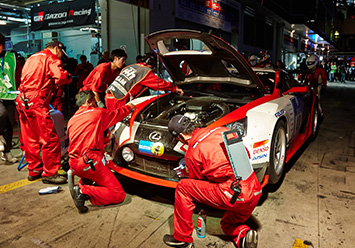
- The “advanced skill handed down from generation to generation,” made up of elite members from every company division. They never give up, even in the face of the most severe conditions.
-
-
-
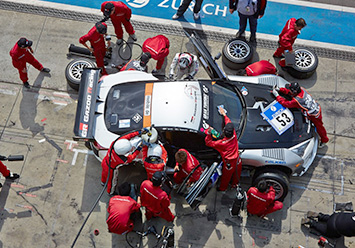
- “What is important is actually putting parts in their places, touching them with your hands, and understanding them with your eyes.” The late Hiromu Naruse’s thoughts continue to be passed on to young employees today.
-
Tracing eight years of participation in the 24 Hours of Nürbugring
-
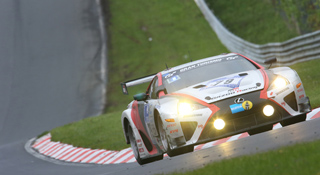
-
Having won their respective classes the previous year, the LFA and 86 were targeting successive victories as Toyota entered the same vehicles as the previous year in their seventh appearance at the 24 Hours of Nürburgring.
-
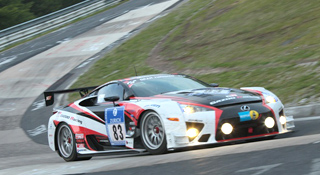
-
Toyota entered three vehicles in total: two 86s—which had recently launched—and the LFA. They battled fiercely under the slogan “with one mind.”
-
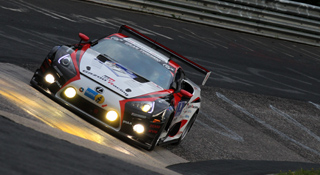
-
As in the previous year, Toyota raced two Lexus LFAs. The aim was to win a second successive class victory in their fifth appearance in the race.
-
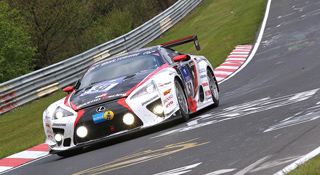
-
Two Lexus LFAs competed. Despite repeatedly getting caught up in accidents, they targeted a long-awaited class victory.
-
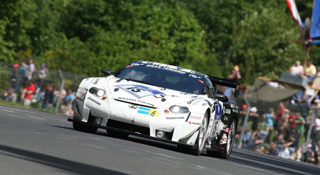
-
Toyota raced a prototype Lexus LF-A. In their third appearance in the race, the team was expectant…
-
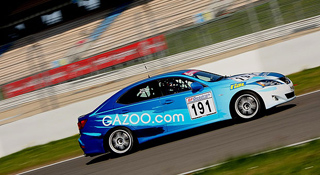
-
The Lexus IS 250 Sports Sedan raced the VLN4.
-
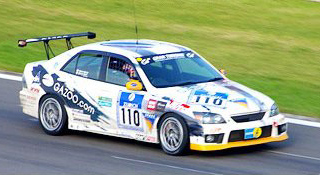
-
In Toyota’s first ever participation in the 24 Hours of Nürburgring, the company entered two cars with eight drivers into the Special Pace Class A3.
